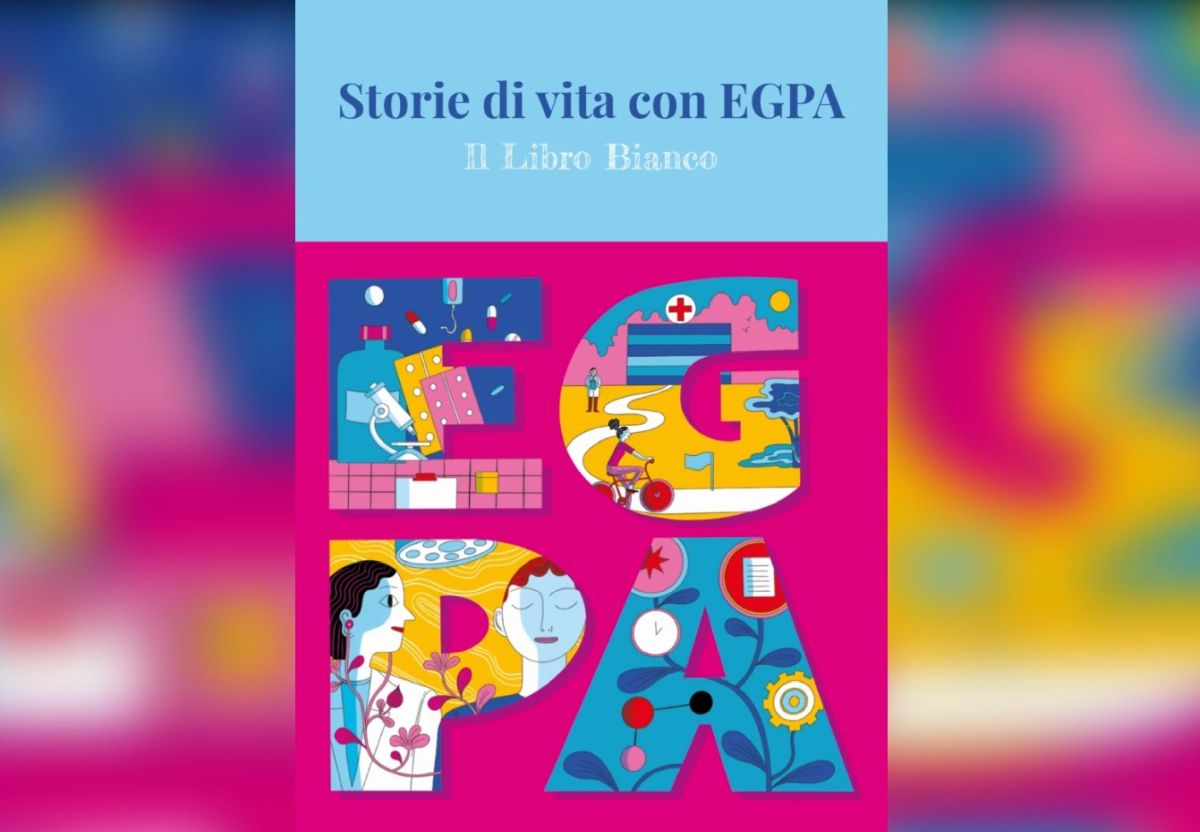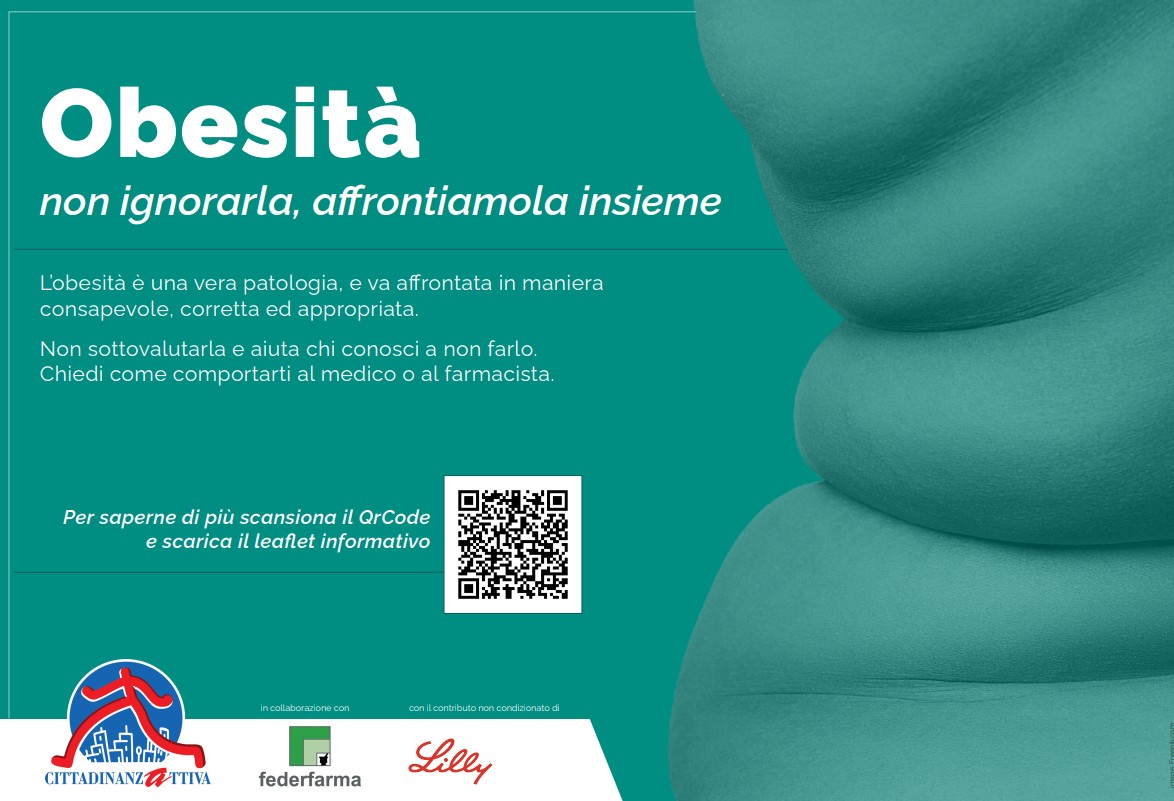VERONA (ITALPRESS) – Not a simple information document, but a work tool for those who choose to contribute to change. The White Paper “History of Life with EGPA” is an opportunity for patients to give voice to their own lives and their own instances; for clinicians, it is an invitation to collaboration and to strengthen dialogue; for the institutions, it is a real operational agenda. Through careful reconstruction of the path of the patient, in fact, this book gives voice to people who live with this rare disease and their families, integrating the clinical and health perspective. From the pages emerges the urgent need to guarantee the sick a multidisciplinary approach, harmonised care paths and legal and health protections at the height of the complexity of the disease. “This White Paper represents our collective voice, not only to tell the disease, but to strongly ask for concrete changes. We can no longer allow the EPA to be ignored: it serves a system that recognizes the dignity of our stories. And for this reason we must work together with clinicians and institutions, continuing the path outlined in the pages of the Book”, says Francesca R. Torracca, President APACS (A Pazienti Syndrome Association of Churg Strauss, denomination with which the EPA was indicated in the past), association that has created the White Paper, with the sponsor of GSK.One of the major polio issues emerged in the White Paper is the serious diagnostic delay, with initial symptoms (asthysynthesis). “EGPA is often recognized too late, when the damage has already been done. Early diagnosis is possible, but need shared knowledge, training and PDTA. This White Paper can mark a step change,” says Augusto Vaglio, Associate Professor in Nephology and Director of the School of Specialization in Nephology at the University of Florence, Coordinator of Rare Diseases and Medical Manager Unit of Nephrology, University Hospitaller Meyer, Florence. On the pages of “History of Life with EGPA” they contributed not only patients and their caregiver but also clinical and representatives of the institutions, to emphasize the importance of a concrete alliance to improve the management of the sick. The project has been sponsored by 8 Scientific Society (AAIITO, AICNA, IAR, SIAAIC, SIMI, SioeChCF, SIP-IRS, SIR) and the scientific contribution of the European EGPA Study Group. The Book also collects the contributions of Luciano Ciocchetti, Vice-President XII Commission Social Affairs of the Chamber of Deputies, Simona Loizzo, Group Leader XII Committee Social Affairs of the Chamber of Deputies, Ilenia Malavasi, Component XII Commission Social Affairs of the Chamber of Deputies and Lisa Noja, Councillor of the Lombardy Region and President Intergroup Consiliare Malattie Rare. It also shows the indication of regional disparities in clinical management, with almost total absence of formalized PDTA, although some good practices indicate the way to go. “Luxembourg has shown that building a PDTA for EPA is possible. That’s not enough. We need to create a fair national system, in which all patients, from North to South, can receive the same quality of assistance,” says Lisa Noja, Councillor of the Lombardy Region, President Intergroup Connecting Rare Diseases. The absence of national criteria for reference centres and the need for a multidisciplinary takeover, coordinated by Hub & Spoke centers. “It serves an integrated model of care, based on the collaboration between different specializations. The disease does not stop at only one organ, and medicine cannot afford to stop at the disciplinary boundaries”, says Giacomo Emmi, Professor of Inner Medicine, University of Trieste and Director of Complex Structure Clinical Medicine and Reumatology, University Hospital Cattinara, Trieste. It also weighs the absence of a specific civil invalidity code, which makes it difficult to access rights, benefits and support, while it is underestimated the high psycho-social impact, on patients and caregiver, often left alone. “I strongly believe in the duty of institutions to listen and act. The EEGPA White Paper provides us with a clear guide: now we have to make it operational, starting with the code of invalidity and uniform treatment paths”, says Luciano Ciocchetti, Vice President XII Commission Social Affairs of the Chamber of Deputies. APACS was born spontaneously to counter the feeling of loneliness experienced by patients with EGPA, often trapped in a poorly known condition and with little points of reference. The association, formed exclusively by patients with EGPA (and caregiver), is a living and active community where patients can confront, support and carry out concrete projects of advocacy, such as what led to the realization of the White Paper and the proposals for actions at the health and political level contained in it. “Therapeutic innovation – concludes Valentina Angelini, Patient Affairs Director GSK – has improved patient perspectives with EGPA, but because it is effective, it must be accompanied by a structured and inclusive grip network. This White Paper helps build it together. It is a concrete example of collaboration with the Association of Patients, Clinical and Institutions that focuses on people living with EGPA with the aim of improving their quality of life. Witness the value of co-creation, fundamental to fully understand real needs and transform them into more equitable and effective paths for those who live with this rare disease.” You can read and download the White Paper “Storie di vita con EGPA” on the APACS website: https://apacs-egpa.org/libro-bianco-apacs/
– APACS photos –
(ITALPRESS).






